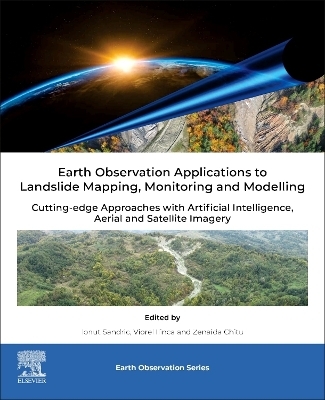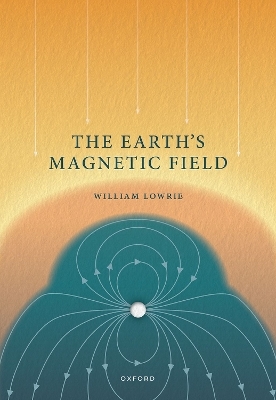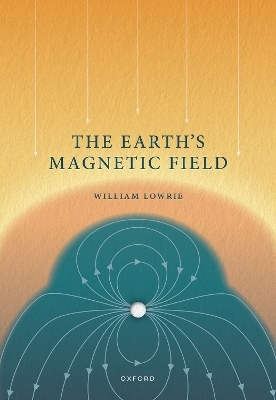
Earth Observation Applications to Landslide Mapping, Monitoring and Modeling
Elsevier Science Publishing Co Inc (Verlag)
978-0-12-823868-4 (ISBN)
- Noch nicht erschienen (ca. November 2024)
- Versandkostenfrei innerhalb Deutschlands
- Auch auf Rechnung
- Verfügbarkeit in der Filiale vor Ort prüfen
- Artikel merken
Ionuț Șandric, currently an Associate Professor at the Faculty of Geography, University of Bucharest, brings extensive experience in research and commercial projects. He specializes in combining geospatial knowledge with software engineering to develop geospatial environmental models. His research focuses on the spatial and temporal modeling of landslides, including tools for assessing the propagation of uncertainty in landslide hazards. He has led projects on multi-hazard and multi-risk assessment, drone-based landslide feature mapping, agricultural pathogen detection using drone imagery, urban climate applications using satellite imagery, and soil moisture satellite product analysis for Romania. Viorel Ilinca, PhD in Geography, has a rich background in physical geography and geology. Since joining the Geological Institute of Romania in 2010, he has been an integral part of the Geological Mapping Group, where he focuses on landslide research, geomorphological and geological mapping, GIS, cartography and geoheritage. With extensive experience in both national and international research projects, he has worked on various applications of geomorphology and geological mapping for natural hazard assessment. In the field of landslides, he uses field surveys and earth observation to study different types of landslides. Zenaida Chițu, PhD in Geography, has expertise in the integration of physical modeling, GIS, earth observation and ground measurement networks in the monitoring of landslide activity. Her work covers hydrology, climatology and geomorphology, with a special focus on landslides. She has led national research projects aimed at improving our understanding of landslides by combining methods from different disciplines including geomorphology, engineering geology, hydrology and meteorology. Her recent research includes estimating soil moisture using a mix of hydrological modelling, remote sensing and field measurements, and investigating the impact of climate change on different sectors.
Section 1: Introduction
1. A review of UAV-based data applications for landslide mapping and monitoring
2. A review of the state-of-the-art use of satellite Earth observation data for landslide mapping and monitoring
Section 2: Satellite data in landslide mapping and
monitoring
3. On the use of the EGMS data for studying landslides in Great Britain
4. Deciphering the kinematics of urban landslides through SAR imagery analysis
5. Artificial intelligence applications for landslide mapping/monitoring on satellite EO data
6. Mapping landslides on Earth, Moon, and Mars using satellite imagery and deep learning techniques
Section 3: Drone applications for landslide mapping
and monitoring
7. Landslide volume and runoff monitoring using UAV photogrammetry
8. Landslide 3D reconstruction and monitoring using oblique and nadiral drone aerial imagery
9. Geomorphic monitoring and assessment of debris flows using drone-based structure from motion
10. Machine learning and object-based image analysis for landside mapping using UAV-derived data
11. Estimating kinematic uncertainties of landslides using UAV time series
12. Detailed landslide kinematics mapping using short-term UAV time-series. Case study: Livadea landslide, Romania
Section 4: EO data assimilations in landslide susceptibility, hazard mapping and risk assessment
13. Building landslide inventory with LiDAR data and deep learning
14 Landslide susceptibility mapping using machine-learning algorithms and earth observation data
15. Microwave remote sensing for investigating hydrological preconditions triggering landslides: a case study: Ialomita Subcarpathians, Romania
16. Use of UAV imagery for the detection and measurement of damages to road networks in landslide areas
Section 5: Future challenges and future outlook
17. Mapping the existing challenges and pathway forward
| Erscheint lt. Verlag | 15.11.2024 |
|---|---|
| Reihe/Serie | Earth Observation |
| Sprache | englisch |
| Maße | 191 x 235 mm |
| Themenwelt | Naturwissenschaften ► Geowissenschaften ► Geophysik |
| ISBN-10 | 0-12-823868-2 / 0128238682 |
| ISBN-13 | 978-0-12-823868-4 / 9780128238684 |
| Zustand | Neuware |
| Haben Sie eine Frage zum Produkt? |
aus dem Bereich


